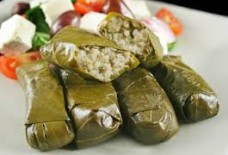Qamar Al-Din, The Recipe of the Middle East
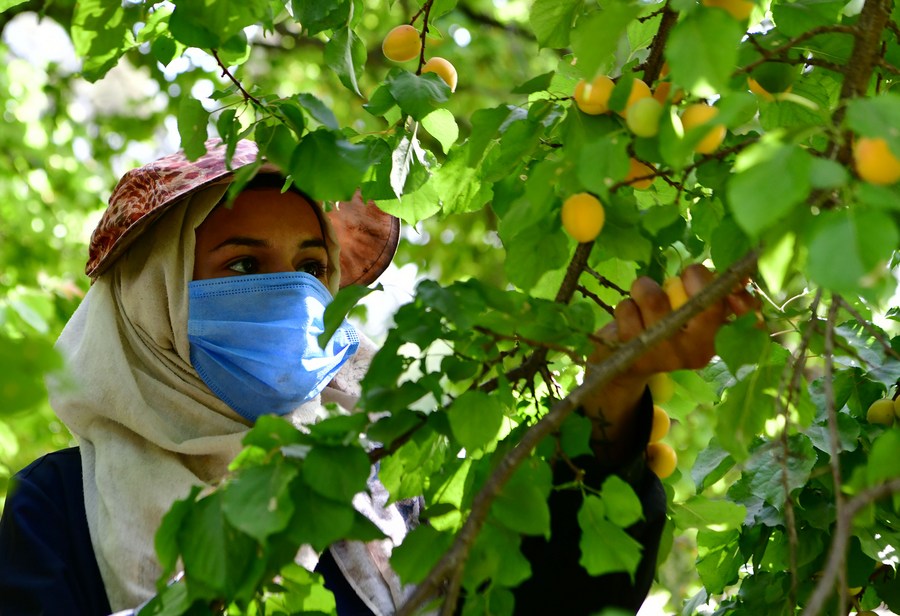
By: Menal Elmaliki / Arab America Contributing Writer
The Golden Fruit
Qamar Al-Din, قمر الدين, translates to the ‘Moon of the Religion or Faith,’ and it is one of the most famous beverages in the Middle East. Apricot, مشمش in Arabic, is the star of this drink and it is referred to as the fruit of pleasures. It is known for its beauty and was considered precious by the Romans. Apricot is known for its sweet luxurious taste, velvety texture, and fragility, it is the member of the rose family and is botanically related to the cherry, peach, plum, and almond.
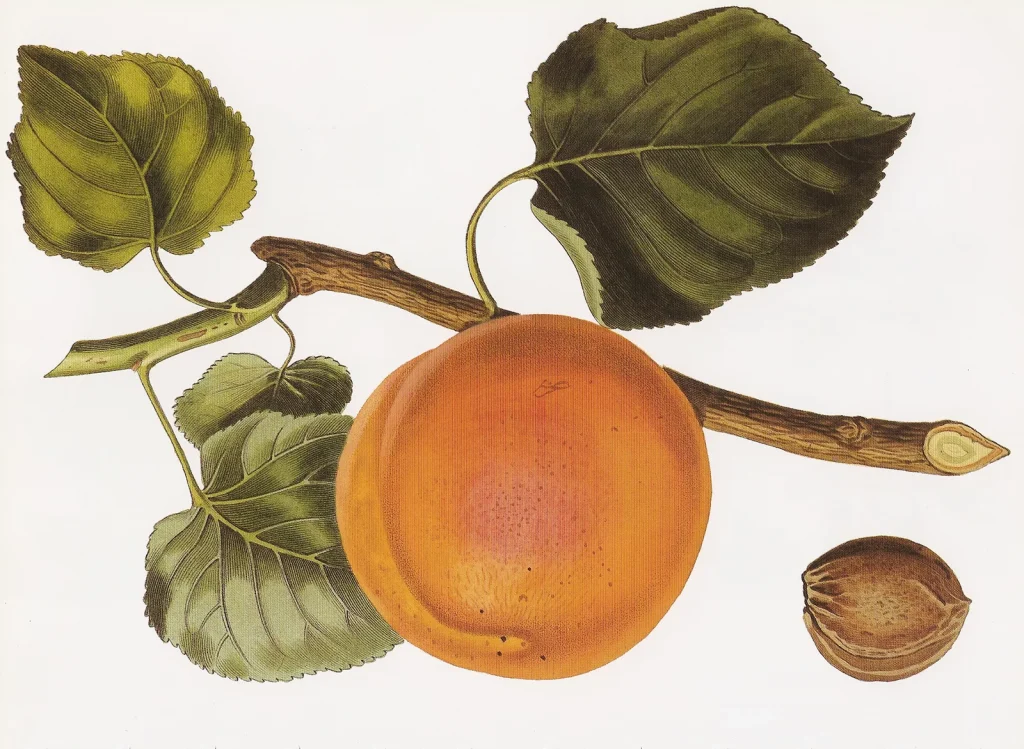
This early bloomed fruit was first domesticated in China and Central Asia around 2000 B.C. The apricot was believed to be brought to Persia by Chinese Merchants and nomadic tribesman trading along the Great Silk Road. The Persians have taken awe to this tiny and luxurious fruit and named it ‘zardaloo,’ or yellow plum. Soon after, the Arabs brought the apricot from Central Asia and techniques to utilize the fruit from Persia. They assimilated from the Persians the technique of adding tangy fruit such as apricot to their meat dishes and stews. An example of culinary innovation an excellence was the creation of a well-known stew of the Islamic Empire, mishmishya, which was made from lamb and apricot.
The Golden Drink
In adoration with this precious beauty, the Arabs implemented the apricot in desserts and confectioneries, combining it with almonds, almond paste, and pistachios, often times fragranced with rose water and orange blossom. A medieval syrup made out of apricot and almonds influenced what is now the modern day qamar- al din, served in restaurants, vendors, and cafes all across the Middle East. To conserve the seasonal fruit and keep up with demand it was made into amardine which is an apricot paste. The apricot is crushed, the pits are extracted, then it is spread out to dry in the sun and the process creates this leathery, shiny, and chewy paste. Amardine is created from apricots specifically cultivated in parts of Syria, either Damascus or Ghouta.
”Unlike Western apricots—invariably tawny or orange-yellow, occasionally flecked with reds—Eastern ones range in color from purple-black to cream-colored with a rosy blush. They can be small as a pea or as big as a tennis ball, as sweet as honey or [as] acrid as cat pee on burnt toast.”
Adam Gollner, a Canadian food writer, on the uniqueness of Eastern apricots.
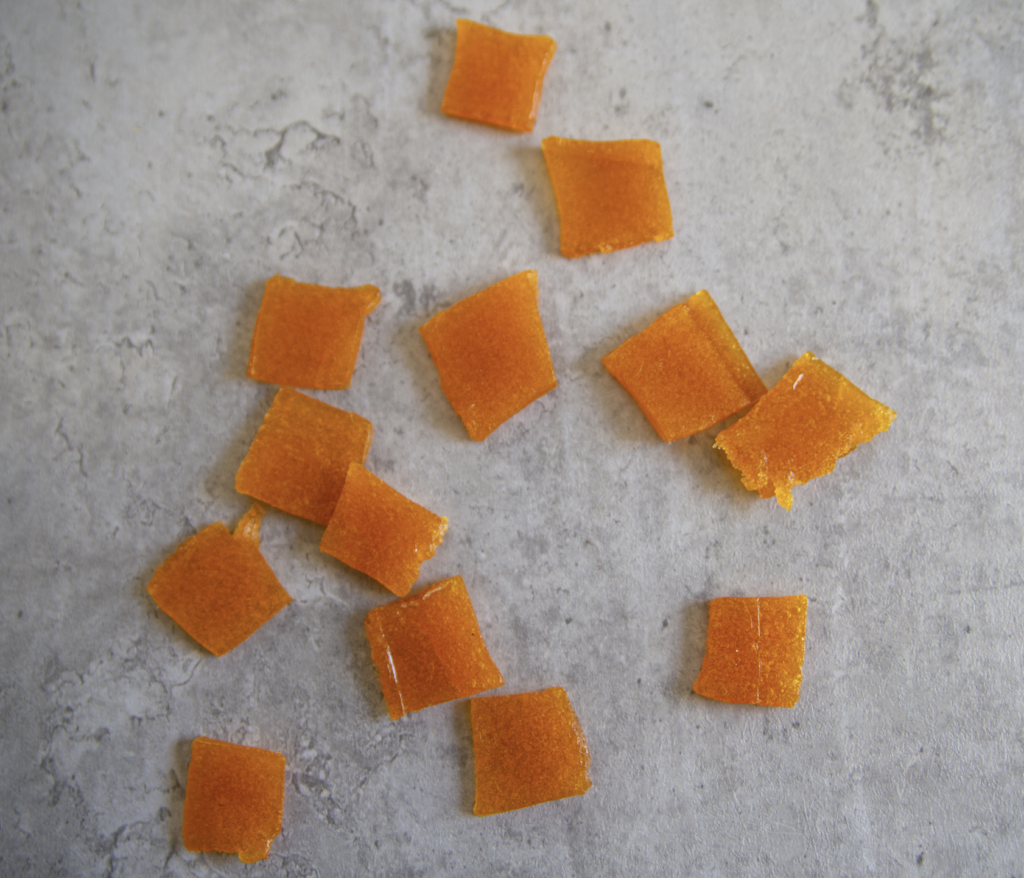

Qamar- al din is said to originate in Syria because a certain variety of apricot is needed. There are many stories that trace the origin and history of the drink’s name. One theory is that it was named after its inventor, a handsome Syrian man whose beauty matched the beauty of the moon. Another theory is that the drink was made to mark the beginning of Ramadan with the sighting of the new moon. Egyptians, on the other hand, theorized qamar al- din was originally the name of a Caliph who was known to drink this decadent apricot juice to commemorate the sighting of the crescent moon during Ramadan.
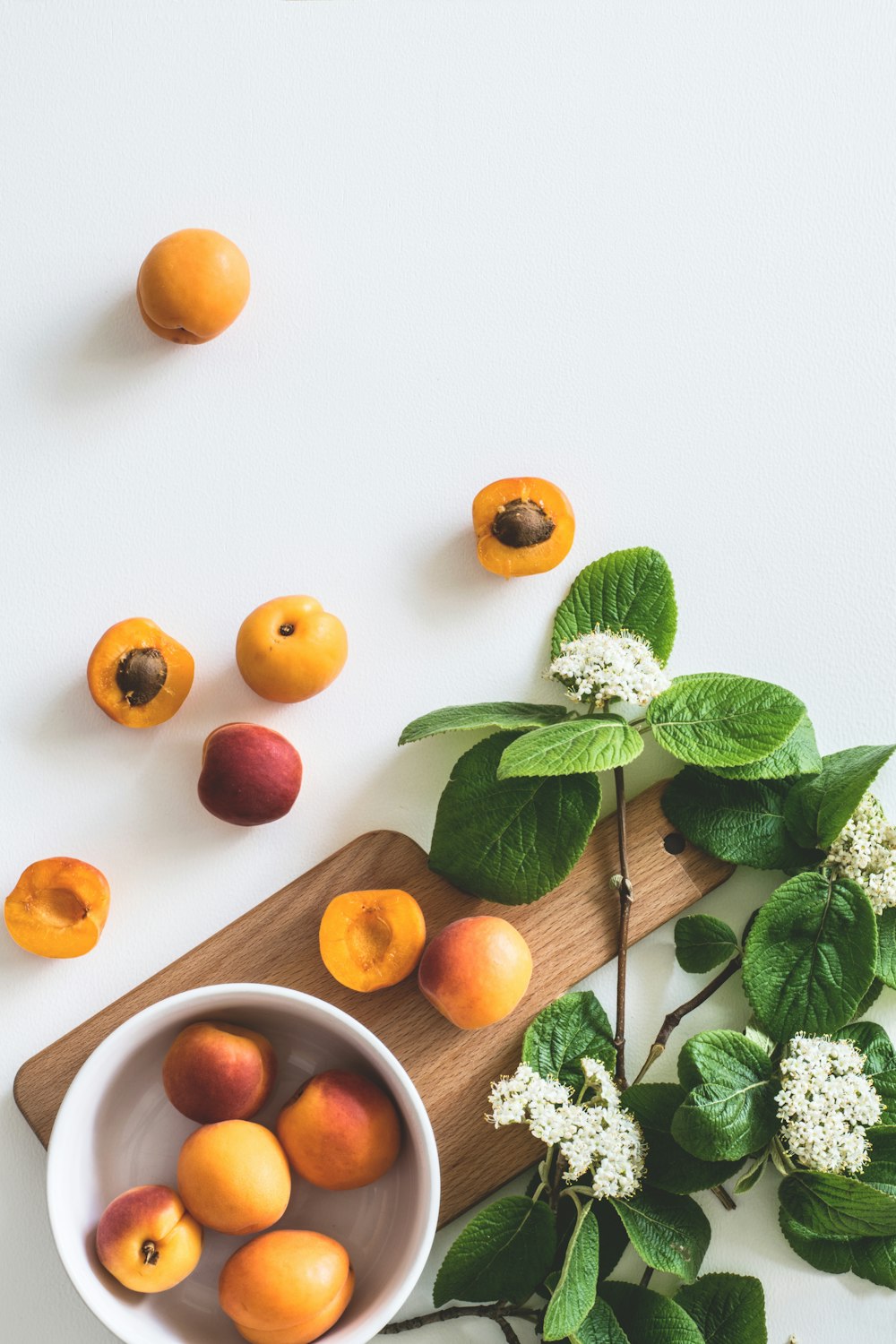
The popularity of the drink has spread and it is now enjoyed in the Middle East, North Africa, and Somalia. The apricot is also popular in the Iran, it is known as lavāshak, لواشک, and it is a dried candied apricot roll. This heavenly delight had become especially popular in the month of Ramadan, when Muslims are expected to fast from sunrise to sunset, and the drink provides the nutrition, hydration, and energy needed after a day’s fast. There are many different methods when preparing qamar al- din, some in the Levant incorporate pine nuts in their drink giving it a thicker consistency and those in the Gulf add oils such as olive oil or corn oil to give it a smoother and silky texture.
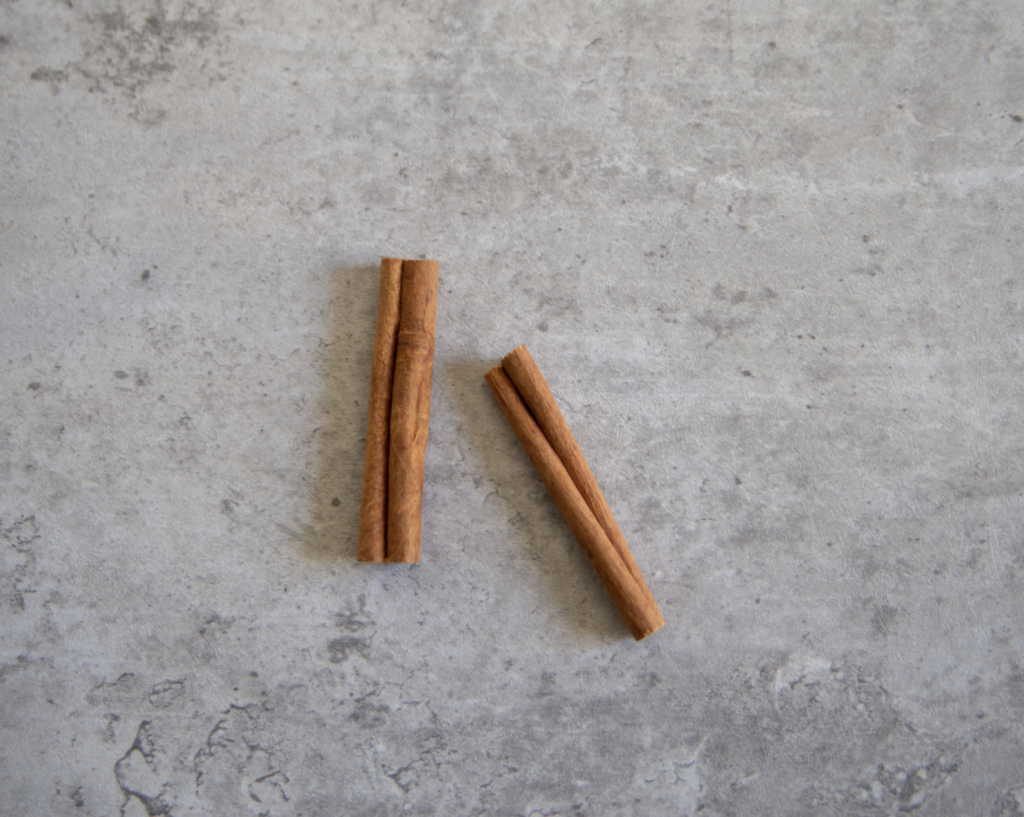
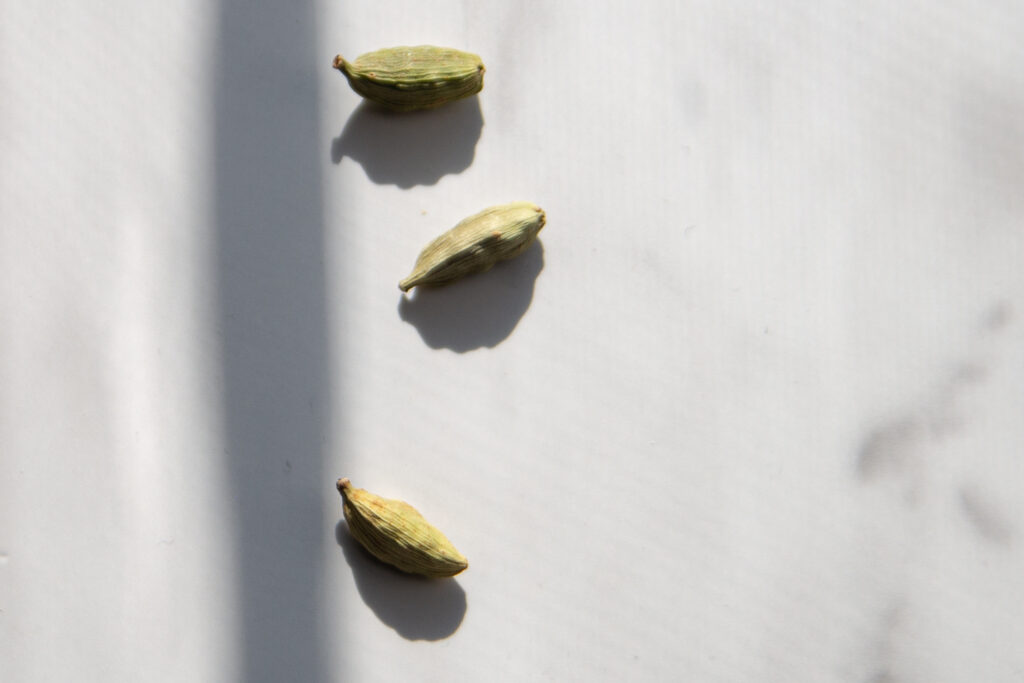
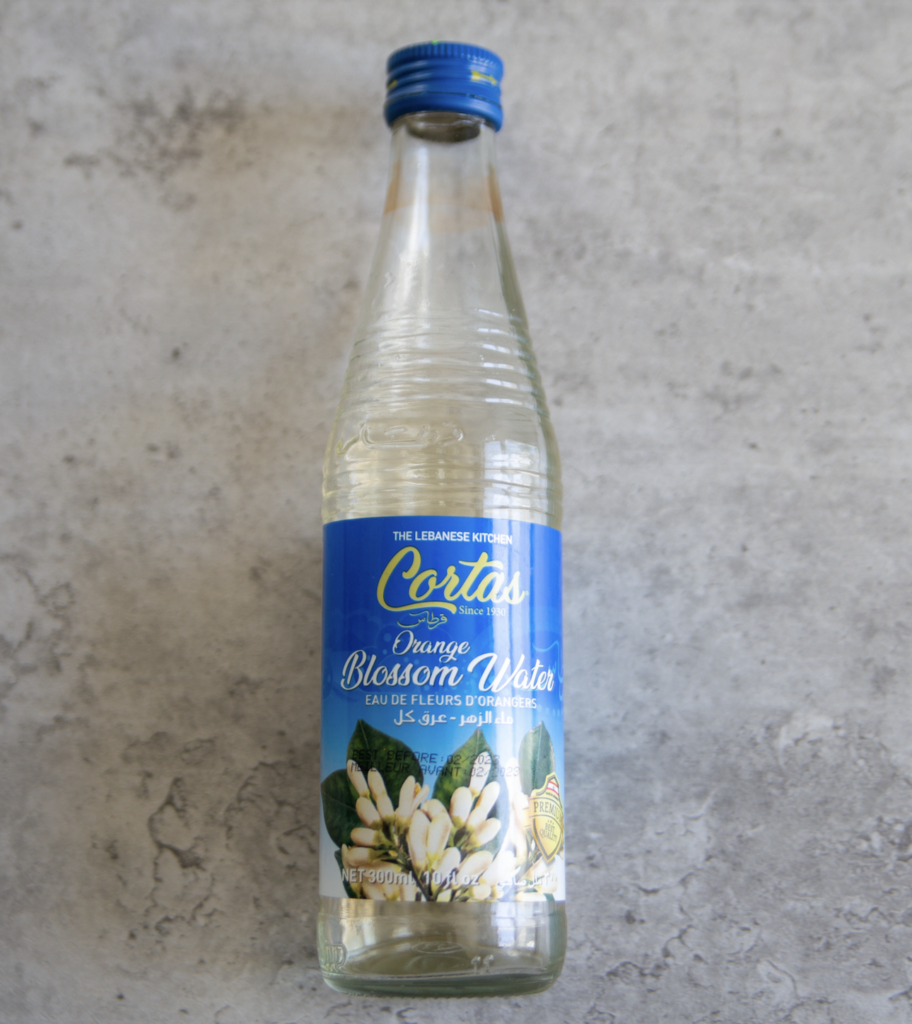
Ingredients
- One package of apricot paste
- 4-5 tablespoons of sugar (add more if you like)
- 3 cardamom pods
- 1 cinnamon stick
- 6 cups water
- Orange Blossom
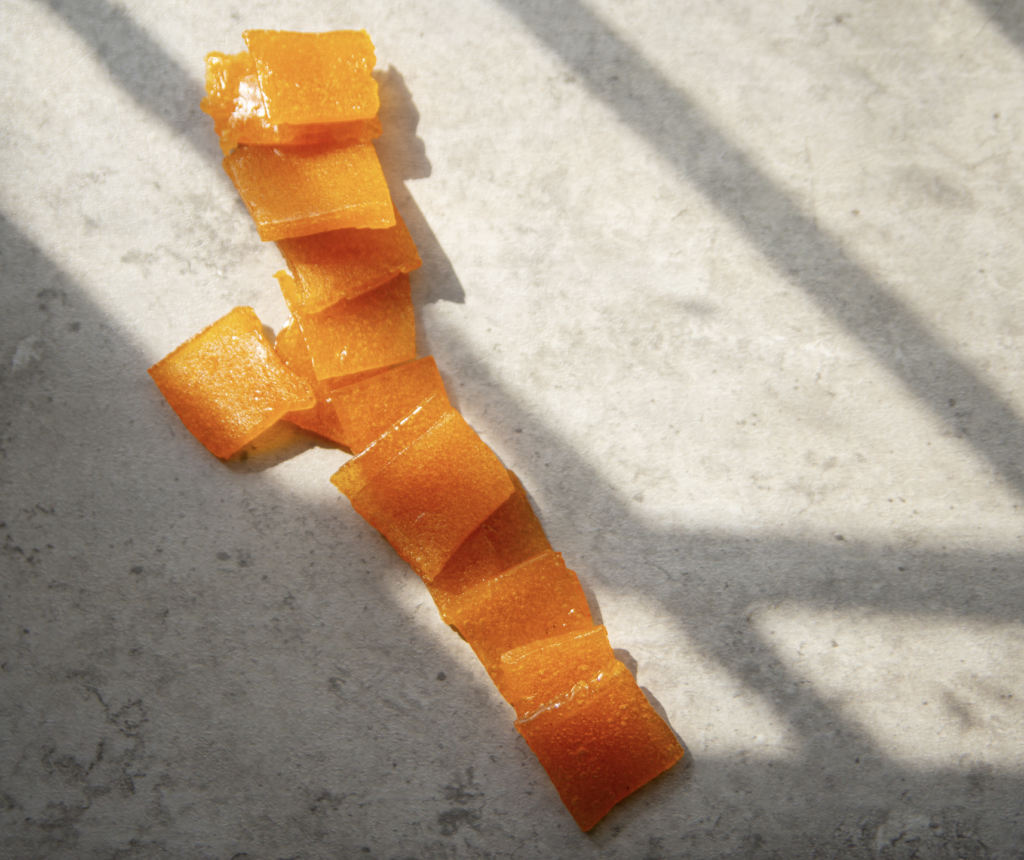
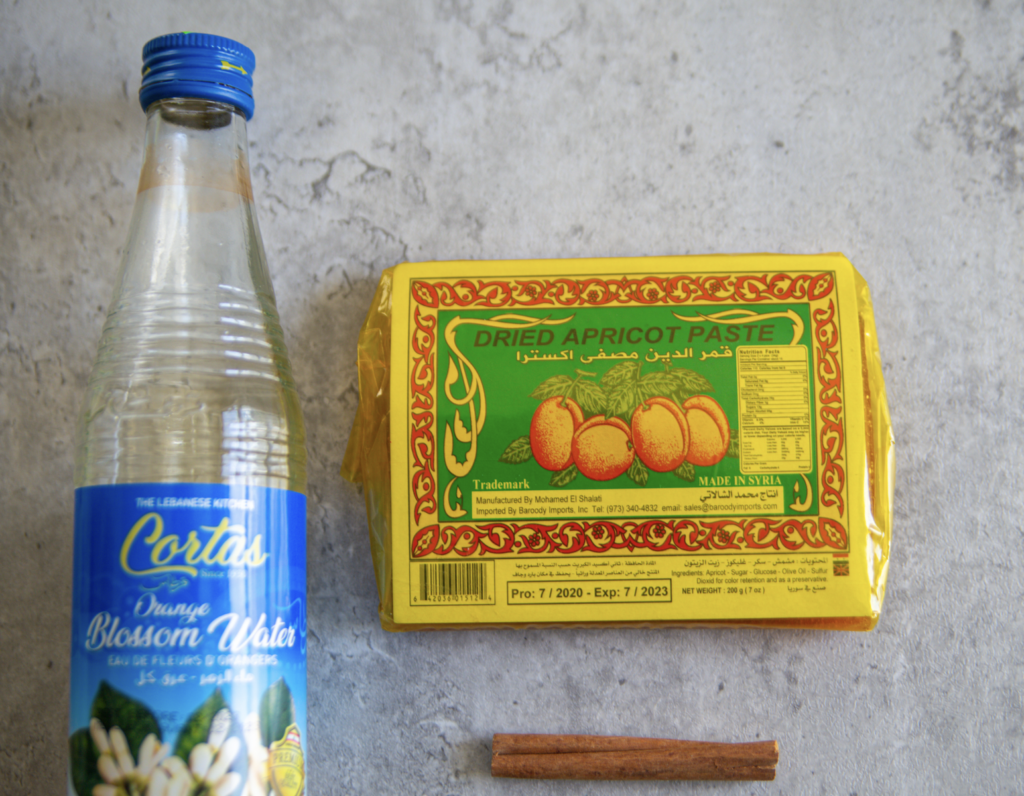
Steps
- Boil the cut-up pieces of apricot paste in 6 cups of water.
- After boiling turn off the heat. Add the cinnamon, cardamon pods, and orange blossom, and let the mixture sit for 2-4 hours.
- After the mixture is settled and if you find it too thick for your liking you can thin it out with more water.
- Place in fridge. Serve to guests with ice and garnish with mint.
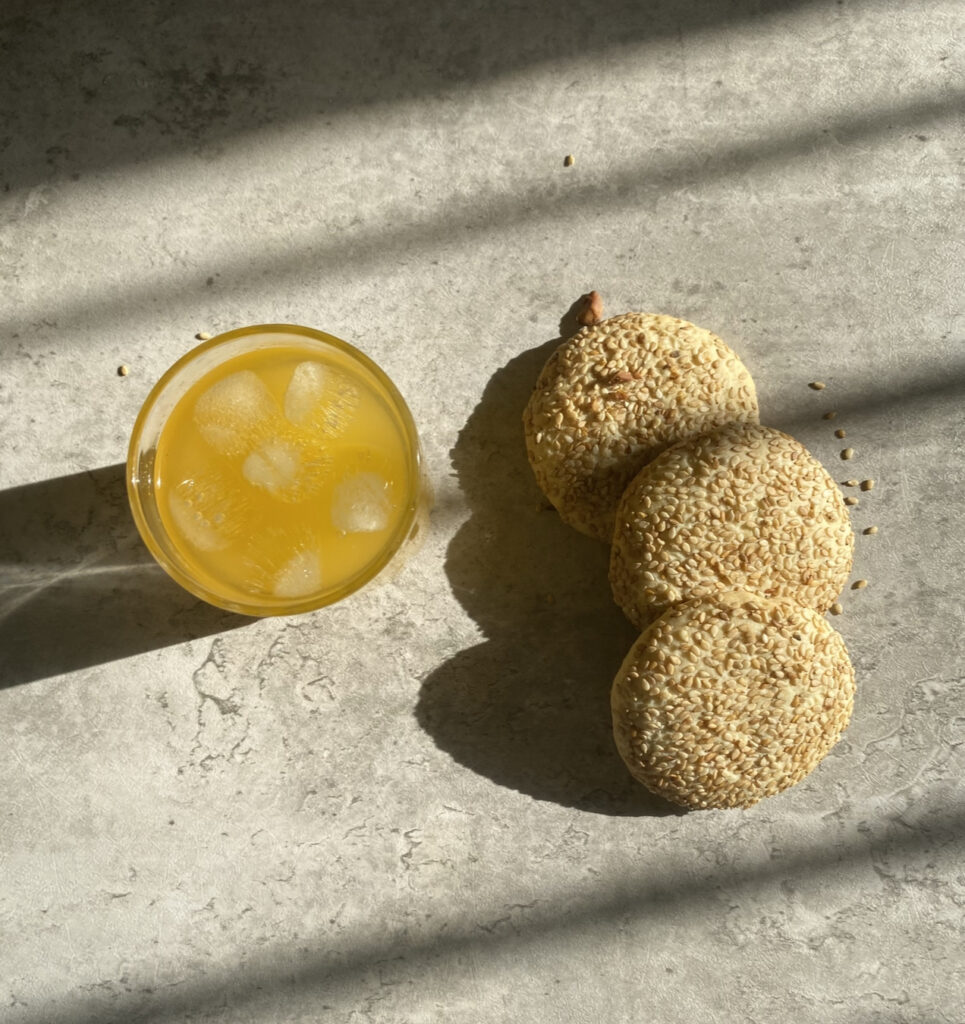
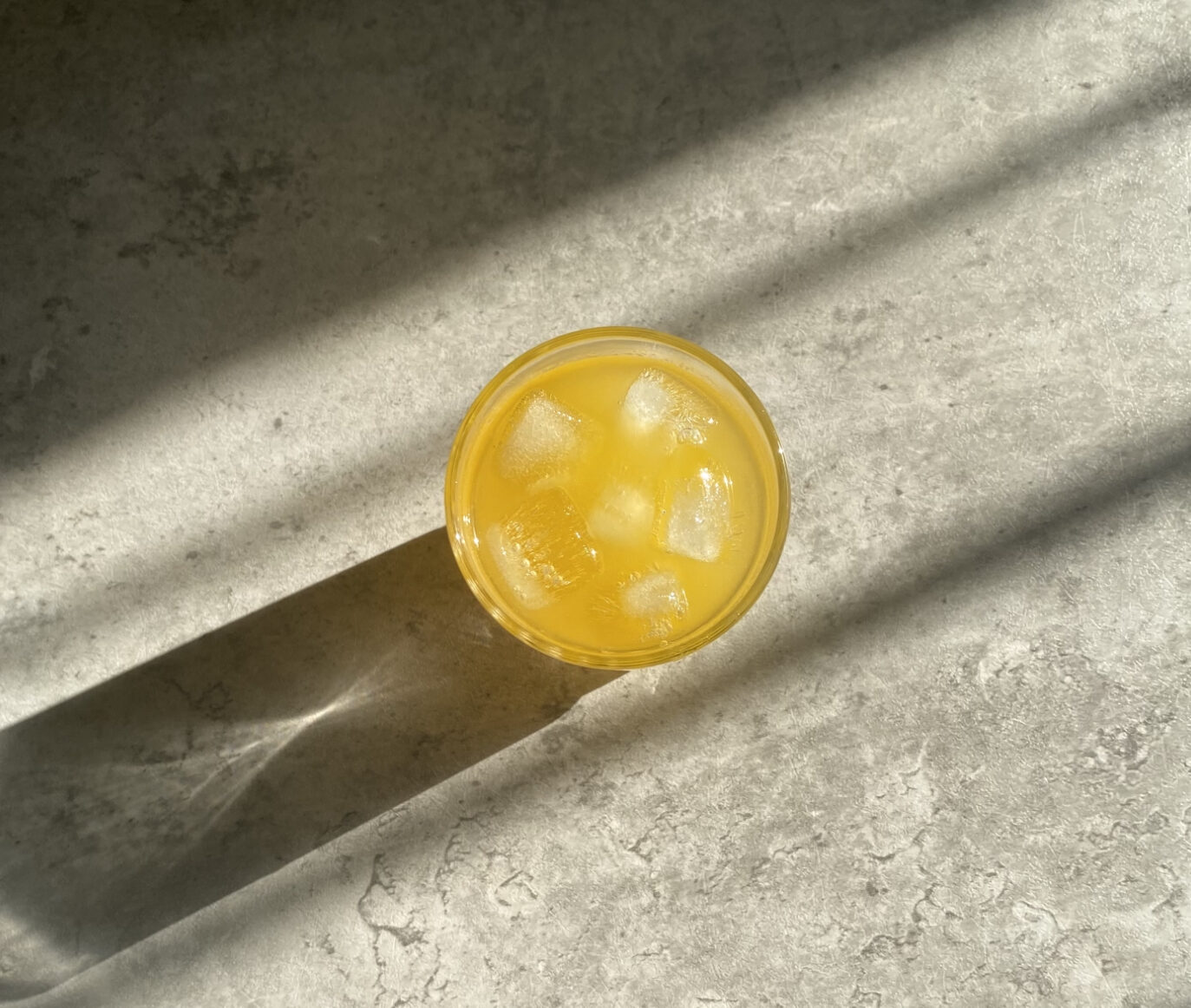
Check out Arab America’s blog here!



